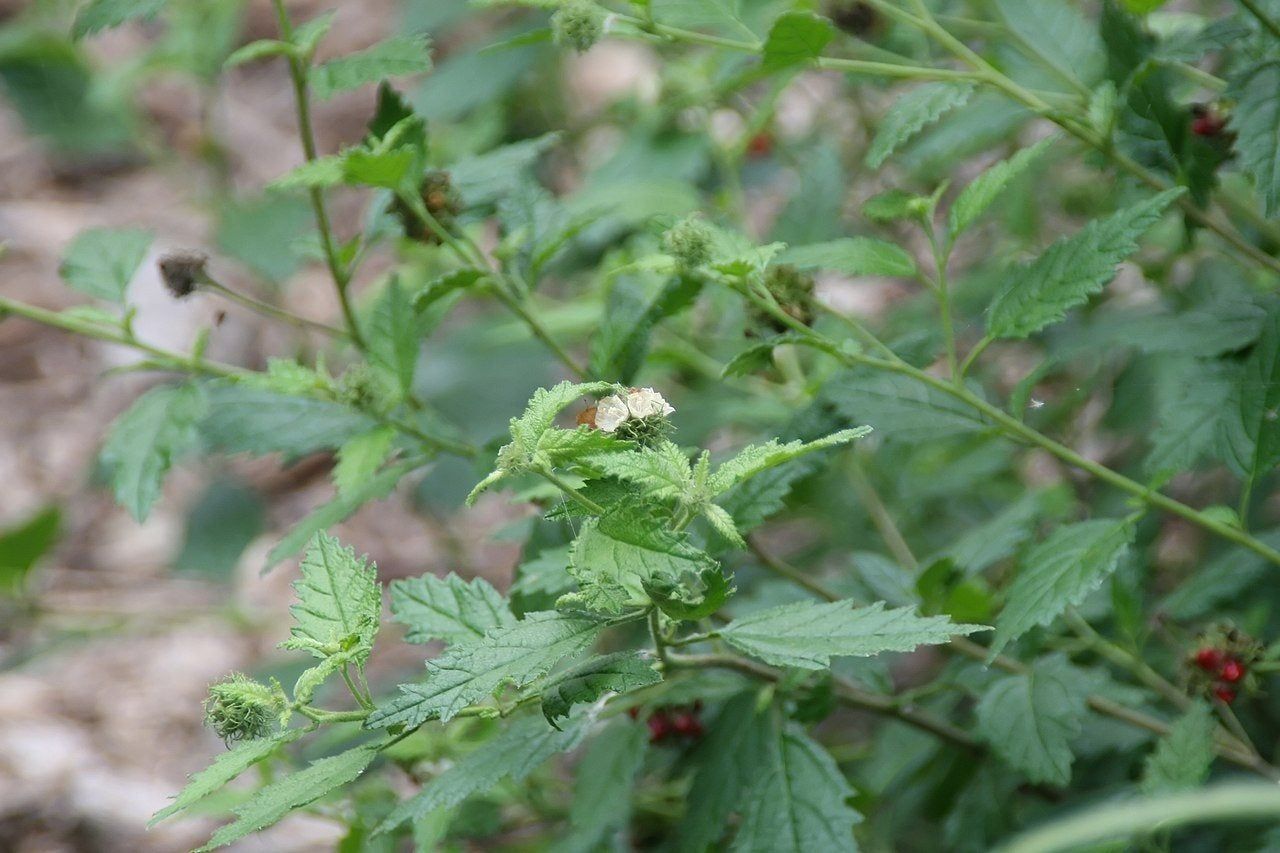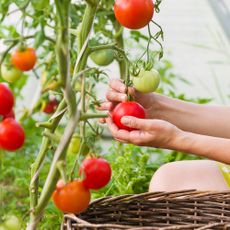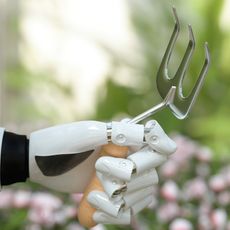Butterfly Sage Care: How To Grow Butterfly Sage In Gardens


Butterfly sage, also commonly called bloodberry, is a small heat loving evergreen shrub that produces beautiful tiny flowers that are excellent for attracting butterflies and other pollinators. How do you grow butterfly sage plants in the garden? Keep reading to learn more about growing cordia butterfly sage and tips for butterfly sage care.
Butterfly Sage Info
Butterfly sage (Cordia globosa) gets its name because it is so attractive to butterflies and other pollinators. It produces clusters of tiny, white, star-shaped flowers that aren’t especially showy but are very popular among smaller butterflies who have a hard time feeding on bigger flowers. The plant’s other common name, bloodberry, comes from the abundant clusters of deep red berries it produces when the flowers fade. These berries are excellent for attracting birds. It is a native plant in Florida, where it is listed as an endangered species. It may be illegal to harvest butterfly sage plants in the wild in your area, but you should be able to buy seedlings or seeds through a legal native plant supplier.
How to Grow Butterfly Sage
Butterfly sage plants are multi-stemmed shrubs that grow to a height and spread of 6 to 8 feet (2 m.). They are hardy in USDA zones 10 and 11. They are extremely cold sensitive, but in warm enough weather they are evergreen. Once established, they are very drought tolerant. They cannot handle salt or wind, and the leaves will burn if they are exposed to either. The plants grow best in full sun to partial shade. They can tolerate moderate pruning. Since the berries are so attractive to birds, it’s not uncommon for the seeds to be scattered around the garden through bird droppings. Keep an eye out for volunteer seedlings and weed them out when young if you don’t want the shrubs to spread all over your yard.
Gardening tips, videos, info and more delivered right to your inbox!
Sign up for the Gardening Know How newsletter today and receive a free copy of our e-book "How to Grow Delicious Tomatoes".

The only child of a horticulturist and an English teacher, Liz Baessler was destined to become a gardening editor. She has been with Gardening Know how since 2015, and a Senior Editor since 2020. She holds a BA in English from Brandeis University and an MA in English from the University of Geneva, Switzerland. After years of gardening in containers and community garden plots, she finally has a backyard of her own, which she is systematically filling with vegetables and flowers.
-
 Best Indeterminate Tomatoes: Flavor-Packed Varieties For Fresh Harvests All Summer Long
Best Indeterminate Tomatoes: Flavor-Packed Varieties For Fresh Harvests All Summer LongIndeterminate tomatoes are vining varieties that fruit all season. Discover their distinctive features and how to choose the best type to grow in your garden.
By Bonnie L. Grant
-
 The Dangers Of AI For Gardening – How To Know What’s Real When It Comes To Your Garden
The Dangers Of AI For Gardening – How To Know What’s Real When It Comes To Your GardenThings aren’t always what they seem when it comes to using AI for gardening. Be discerning when relying on AI for accuracy, and take the time to do research.
By Teo Spengler